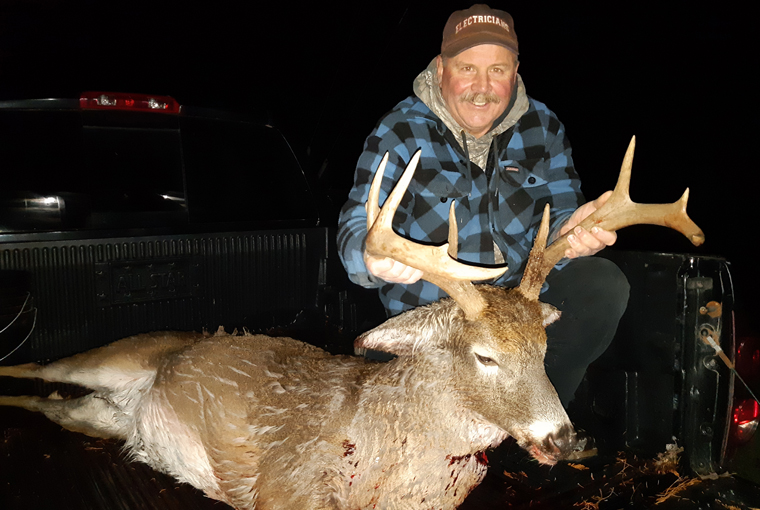
You don’t have to convince James Mackenzie that white-tailed deer in eastern Ontario are getting wiser.
The farmer and retiree, who has hunted on his North Gore-area and Marlborough Forest property southwest of Ottawa for a quarter century, bow harvested an approximately decade-old buck on Nov. 1, 2019.
Ear tags alerted Mackenzie that the whitetail had been captured earlier in its lifetime. He said it was “astonishing” to learn the age of the buck when he followed up by calling the telephone number listed on the tags.
Deer was collared
The deer was one of more than 100 that OFAH Wildlife Biologist Dr. Keith Munro helped collar in the forest from 2011 to 2013, when he was a student at Trent University in Peterborough.
For his recently completed thesis, White-Tailed Fear: The Human-Created Landscape of Fear and its Effect on White-Tailed Deer (Odocoileus virginianus) Behaviour, the Environmental and Life Sciences graduate studied the “landscape of fear” humans have created, and its effect on whitetails.
That work came full circle when Munro began working for the OFAH and started getting calls from hunters, like Mackenzie, when they harvested study deer.
Bucks living longer
The average life span of a whitetail is three to six years. Analysis of the collared bucks, however, shows some of them are living much longer.
Teeth measurements show Mackenzie’s was at least nine-and-a-half, while another, harvested on farm property by the forest by Jason Robertson on the last day of the rifle season, was at least eight-and-a-half.
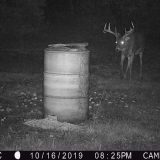
The discovery surprised Munro.
“This is a heavily hunted area and these are deer that are heavily sought after by hunters,” he said, pointing out that the animals were also in good condition.
Munro’s thesis highlighted the complex landscape humans have created for deer, and how whitetails have tailored their response to it.
His research proves hunting is not easy. Deer are smart — they know the lay of the land and how to elude hunters.
It also peels back new layers when it comes to understanding whitetails and raises questions like, how do deer know when the hunting season starts in order to adopt that behaviour, Munro said.
Nocturnal activity on rise
For example, the study found deer are moving into properties where hunting is not allowed, while becoming instinctively more nocturnal.
Mackenzie couldn’t agree more. He is seeing fewer deer during hunting light, but more showing up in trail-cam images at night.
The decade-old buck is an example. Mackenzie said the animal was never seen, except in a trail cam photo earlier in the year, until it “just showed up” standing about 30 yards to the right of his blind.
“These old, mature deer get to that age because of how smart they are,” he said, calling the deer population stable, but less visible. “Their survival rate is good. And that is because the deer are adapting.”
Deer outsmarting dogs
Deer dog drives have also been less successful, Mackenzie added, because deer can also now outsmart hunting dogs. He believes that’s because deer are being chased by an increasing number of coyotes.
Robertson was “blown away” by the age of his buck, especially considering the amount of hunting that goes on in the Marlborough Forest.
“I can’t believe it survived that long,” said the Ottawa resident, who also enjoyed speaking with Munro about his research. “It was just an amazing story.”


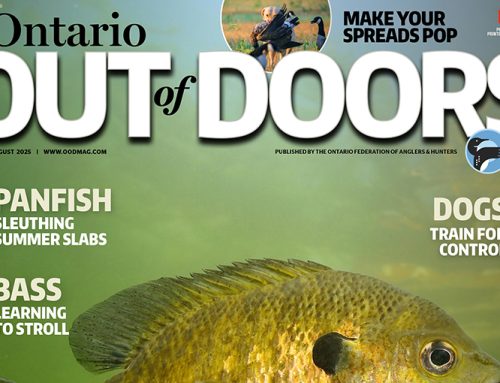
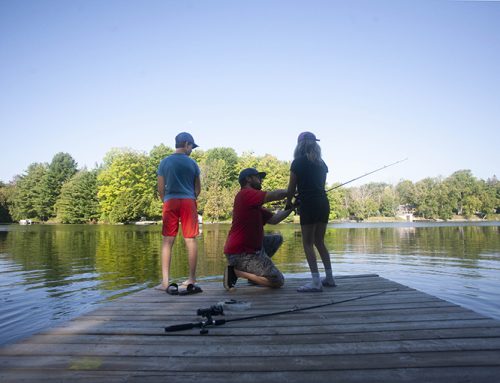

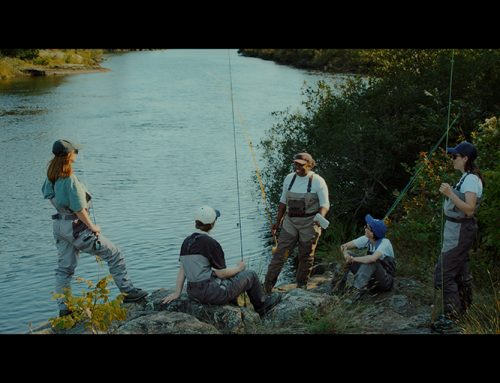
We live on a century farm, south of North Bay. I spend time each day of the year, in the bush. Every year, we find sheds, that we never saw on a deer.